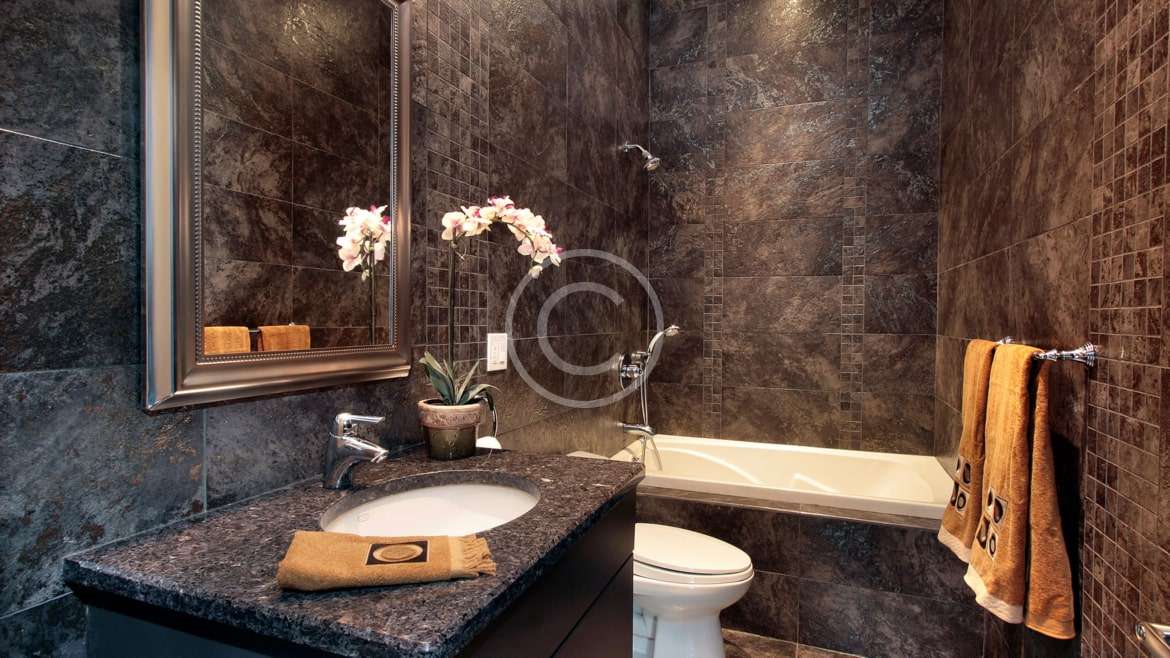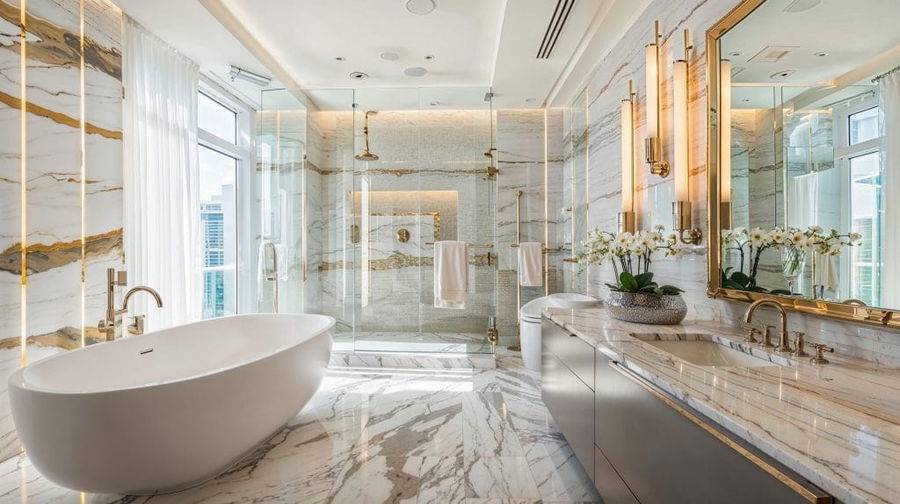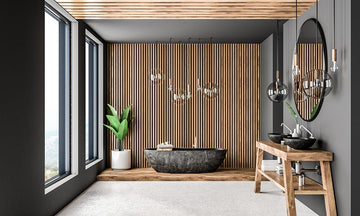The concept of integrating sensors in bathroom settings has become a focal point for innovation in modern home design. The evolution of technology is reshaping our everyday spaces, and the bathroom is no exception. As the industry quality assurance team delves into the intricacies of this integration, the potential benefits and challenges come to light.
Incorporating sensors into bathroom designs not only enhances user experiences but also optimizes resource management. From smart mirrors to automated lighting and water-saving faucets, the possibilities are endless. This article explores how integrating sensors in bathroom environments can revolutionize standard practices and offer a more convenient and efficient lifestyle.

Why Integrate Sensors in Bathrooms?
The integration of sensors in bathrooms addresses several key areas of improvement. For one, it significantly boosts water efficiency. By employing sensors to control water flow and temperature, homeowners can drastically reduce water wastage. This is not only beneficial for the environment but also reduces utility bills. According to a study by the University of Technology Sydney, smart water technologies are pivotal in creating sustainable homes.
Additionally, sensor technology enhances hygiene by reducing the need for manual contact with fixtures. Automatic flush systems, touchless faucets, and hands-free soap dispensers are just a few examples of how sensors promote a cleaner environment. This is particularly important in public restrooms where hygiene is a top priority.
The Role of Sensors in Enhancing User Experience
Beyond efficiency, sensors play a crucial role in elevating the user experience. Smart mirrors, for example, can display real-time weather updates, news, and personal health information. This personalized touch transforms the bathroom into a multifunctional space.
Moreover, integrated lighting systems can adjust based on the time of day or user preference, creating a soothing ambiance. These features are part of a broader trend toward smart bathroom automation that enhances the overall comfort and convenience of bathroom use.
Challenges in Integrating Sensors in Bathrooms
While the benefits are clear, there are challenges to consider. The initial cost of installing sensor technology can be high, and there is a learning curve involved for users unfamiliar with smart technology. Moreover, maintenance and potential technical glitches could pose issues if not properly managed.
Industry QA teams must rigorously test these technologies to ensure reliability and longevity. This involves evaluating the durability of sensors in a humid bathroom environment and ensuring that they are waterproof and resistant to corrosion.
Future Trends in Bathroom Sensor Technology
The future of bathroom sensor technology is promising. As the Internet of Things (IoT) continues to expand, we can expect even more interconnected devices that communicate with each other to create a seamless user experience.
Imagine a bathroom where the mirror adjusts lighting based on the weather, or a shower that maintains your preferred temperature settings. These innovations are on the horizon, driven by advancements in sensor technology and consumer demand for personalized experiences. For more on future trends, check out this article on smart bathroom technology trends.
Conclusion: A New Era for Bathrooms
In conclusion, the integration of sensors in bathrooms is not just a trend but a significant step towards smarter, more efficient living. As technology advances and becomes more accessible, we can expect to see an increase in the adoption of these systems in both residential and commercial settings.
Industry QA plays a vital role in this transition, ensuring that products meet safety and performance standards. As we move forward, the collaboration between designers, manufacturers, and quality assurance professionals will be essential in bringing these innovative solutions to life.

FAQ
What are the most common types of sensors in bathrooms?
The most common types of sensors in bathrooms include motion sensors for lighting, infrared sensors for faucets and flush systems, and humidity sensors for ventilation.
How much can sensor integration reduce water usage?
Integrating sensors can significantly reduce water usage by up to 30% or more, depending on the specific technologies and usage patterns.
Are bathroom sensors difficult to maintain?
While initial setup may require professional installation, most bathroom sensors are designed for minimal maintenance and are built to be durable in wet environments.






